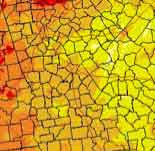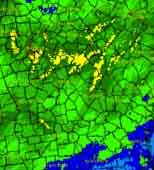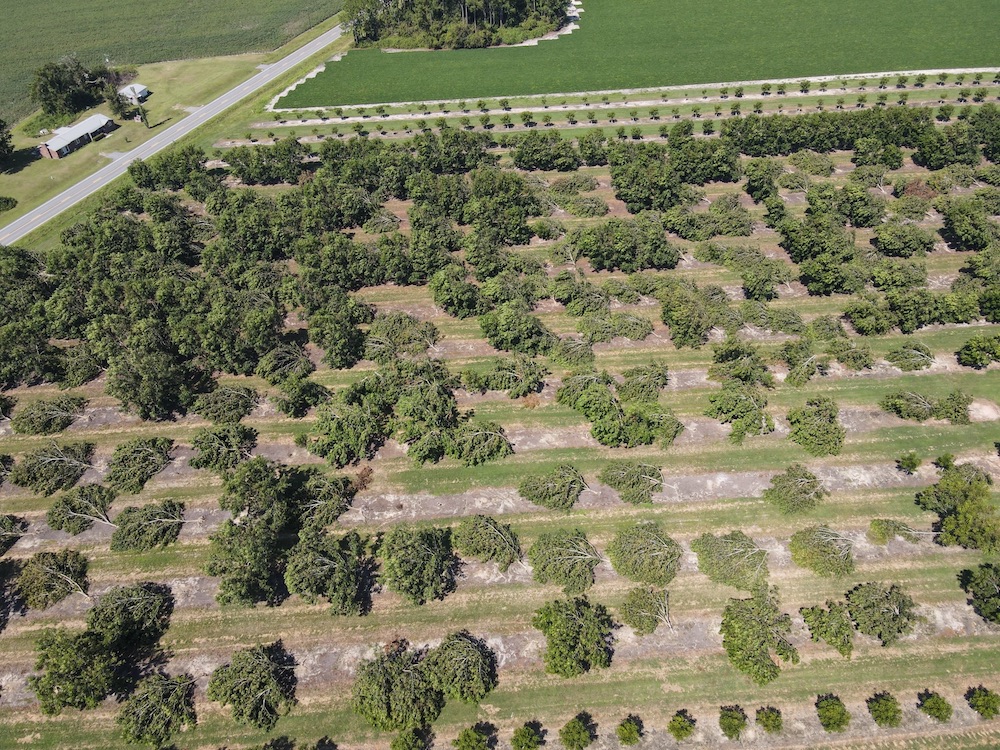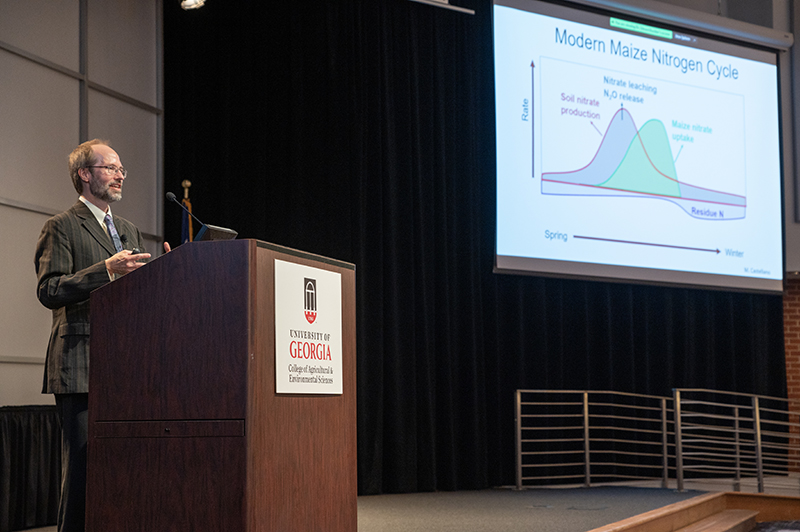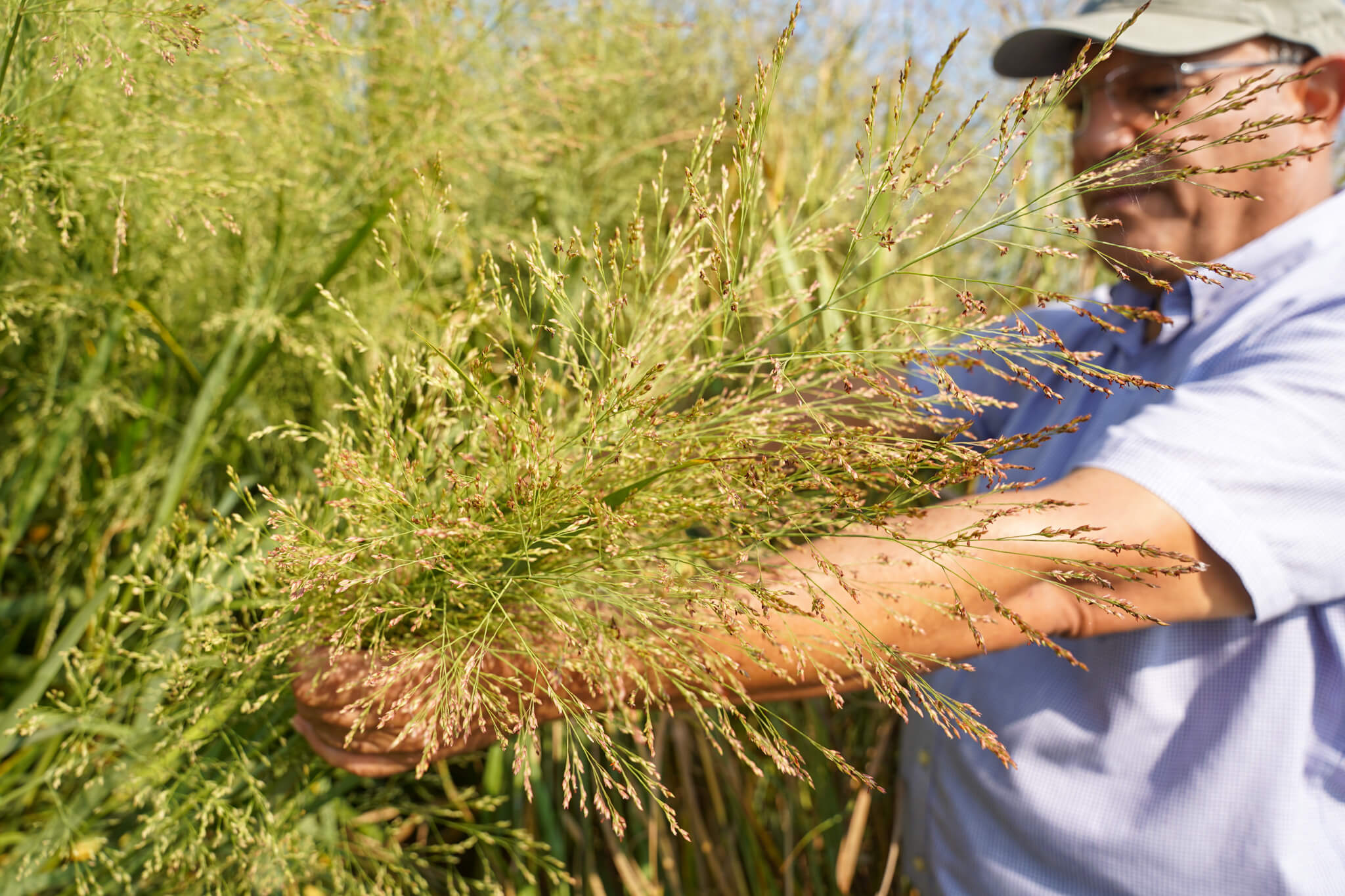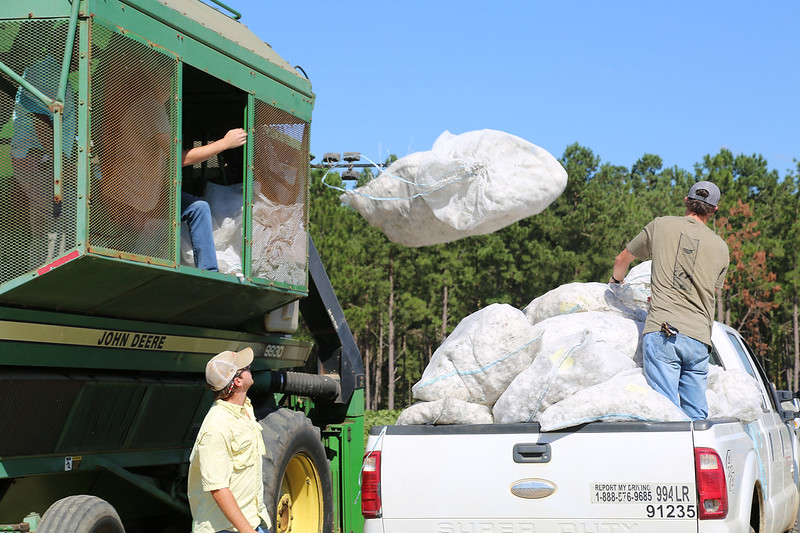While the beginning of December has felt more like spring, Georgia experienced colder and much drier than normal conditions during November.
Average temperatures ranged from 1 to 4 degrees Fahrenheit below normal, while rainfall was uniformly more than 1.8 inches below normal. Most of the state received less than 50 percent of the usual November precipitation, particularly the counties along the Florida border and southern coast.
In Atlanta the monthly average temperature was 52.8 degrees (1.2 degrees below normal); in Athens the average was 51.4 degrees (2.4 below normal); in Columbus the average was 55.7 degrees (1.6 below normal); in Macon the average was 52.4 degrees (3.5 below normal); in Savannah the average was 55 degrees (4.3 below normal); in Brunswick the average was 58.7 degrees (3.1 below normal); in Alma the average was 56 degrees (3.9 below normal); and in Augusta the average was 50.9 degrees (4.3 below normal). It was the 10th coldest November in both Savannah and Augusta in the 142 years those cities have been keeping records.
While Columbus tied a daily record high of 86 degrees on November 3, Augusta broke a record for the lowest, high temperature on November 7 with observation of 49 degrees as the high. The previous record was set in 1959 with a high temperature of 51 degrees.
The highest monthly total precipitation reported by a National Weather Service station was 1.67 inches in Atlanta (2.43 inches below normal) and the lowest was in Brunswick at 0.23 inches (1.80 below normal). Macon received 1.38 inches (1.94 inches below normal), Athens received 0.96 inches (2.86 below normal), Savannah received 0.48 inches (1.89 below normal), Columbus received 1.13 inches (2.97 below normal), Alma received 0.67 inches (1.81 below normal) and Augusta received 1.10 inches (1.72 below normal). It was the 10th driest November for Athens in 156 years of record and the eighth driest for Columbus in 65 years of record.
One daily precipitation record was set in November in Atlanta, where the airport received 1.25 inches on November 6. The previous record, set in 1995, was for 1.1 inches of rain.
The highest, single-day rainfall reported by a Community Collaborative Rain Hail and Snow network station was 2.97 inches near Martinez in Columbia County on November 15. Another observer near Evans in Columbia County received 2.76 inches on the same day. An observer in Douglasville in Douglas County received 2.35 inches on November 7. The same three observers also reported the highest monthly totals, with the Martinez observer collecting 3.24 inches, the Douglasville observer collecting 3.19 inches and the Evans observer collecting 3.10 inches for the month.
There was no severe weather reported in November in Georgia. A CoCoRaHS reporter in Cobb County observed pea-sized hail on the morning of November 7, but no damage was observed.
Due to the lack of rainfall, drought expanded across the entire state in November. By the end of the month, 96 percent of the state was abnormally dry or in drought. The area in drought expanded from 53 to 87 percent of the state.
The worst-hit areas were in central Georgia, where farm ponds dried up and large swings in daily temperatures have been observed due to the very dry conditions.
Due to the lack of rainfall, the U. S. Army Corps of Engineers altered their reservoir releases in accordance with their drought plans. At the beginning of November, the Savannah River basin entered Drought Stage 3, which reduced releases to 3,100 cubic feet per second after 10 days. Lake Hartwell reached a low of 646 feet above sea level in late November, the lowest it has been since Feb. 28, 2009, at the tail end of the last drought.
The COE reservoir managers also reduced flows from Lake Lanier in response to dropping lake levels there. Lake Lanier dropped almost 4.5 feet in November, the largest one-month decline in more than five years. The last time it was this low was March 2009. Marina owners reported that they are losing slots due to the low water and are having to relocate patrons’ boats.
The effects of the dry conditions on Georgia’s agriculture were mixed. The lack of rain allowed the harvest of cotton and peanuts to proceed at a good pace, and farmers reported excellent yields. However, the dry soil inhibited the germination of wheat and small grain seeds and also stressed pastures. Many farmers reported feeding more hay than usual due to the poor winter grazing conditions.

